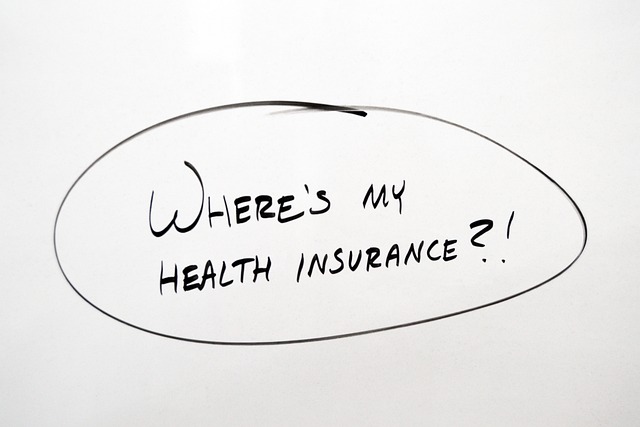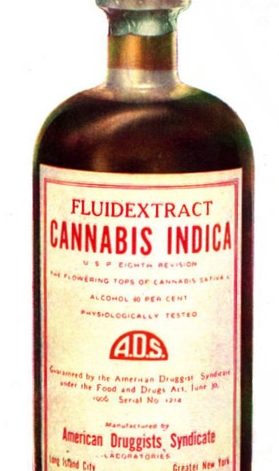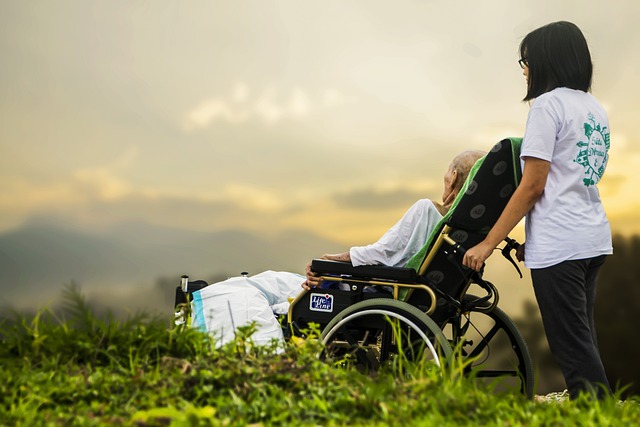From my America Out Loud Pulse podcast with Marshall Allen – https://www.americaoutloud.news/how-to-save-money-on-your-skyrocketing-medical-bills/
According to the Congressional Research Service (CRS), health spending represents 18.3 percent of our gross domestic product (GDP). Americans whether individually, through insurance, or through the government spent $4.3 trillion ($4,255.1 billion) or $12,914 per person in 2021. Out of pocket spending was 10.2 percent or $433.2 billion. Out of pocket expenses are coinsurance, deductibles, and services not covered by insurance but do not include insurance premiums. The average person in America pays $456 per month for marketplace health insurance. According to the Kaiser Family Foundation (KFF), in 2021, the average cost of employee health insurance premiums for family coverage was $22,221. The average annual premium for a self-only plan was $7,739. Employers paid about 80 percent of those premiums, making the true cost less transparent to the employee.
A key problem with insurance is the total ignorance of the charges until after the service is performed. The third party payer system encourages overspending and higher prices. According to one study, employees who used a price transparency tool paid between 10 percent and 17 percent less than employees who did not have access to the service. Worse, the health insurance system often-times does not come through when you really need it.
Surveys published by the American Hospital Association in July 2023 found that some 80 percent of patients, nurses and physicians say insurer policies and practices are reducing access to medical care, driving up health care costs and increasing clinician burden and burnout. Sometimes our legislators work against us. They have limited physician owned hospitals even though data show that both commercial negotiated prices and cash prices in physician-owned hospitals were about one-third lower than their competitors across eight common services and have higher quality care.
What are we to do? GoFundMe crowdfunding has now become a method for patients to pay their bills. By one study’s calculations 200,000 requests annually were related to medical causes. This is not a permanent solution.
My guest will discuss some tools for paying less in a system that is not looking out for you.
Key websites to visit:
Newsletter – https://marshallallen.substack.com
Allen Health Academy (videos) https://www.allenhealthacademy.com
Medical Care Prices – https://www.fairhealthconsumer.org; https://www.healthcarebluebook.com/explore-home/;
https://turquoise.health;
https://healthcostlabs.com.
Bio
Marshall Allen is a journalist who has spent more than fifteen years investigating the health care industry, exposing the insidious ways the system preys on vulnerable Americans: price gouging, sloppy billing, fraud, insurance denials, unnecessary treatment and more. He is also the founder of Allen Health Academy, which produces a curriculum of short on-demand videos to equip and empower employees to navigate the health care system. He is the author of “Never Pay the First Bill: And Other Ways to Fight the Health Care System and Win.” Mr. Allen’s work has been honored with several journalism awards, including the Harvard Kennedy School’s 2011 Goldsmith Prize for Investigative Reporting and coming in as a finalist for the Pulitzer Prize for local reporting. Before he was in journalism, Mr. Allen spent five years in full-time ministry, including three years in Nairobi, Kenya. He has a master’s degree in Theology.








